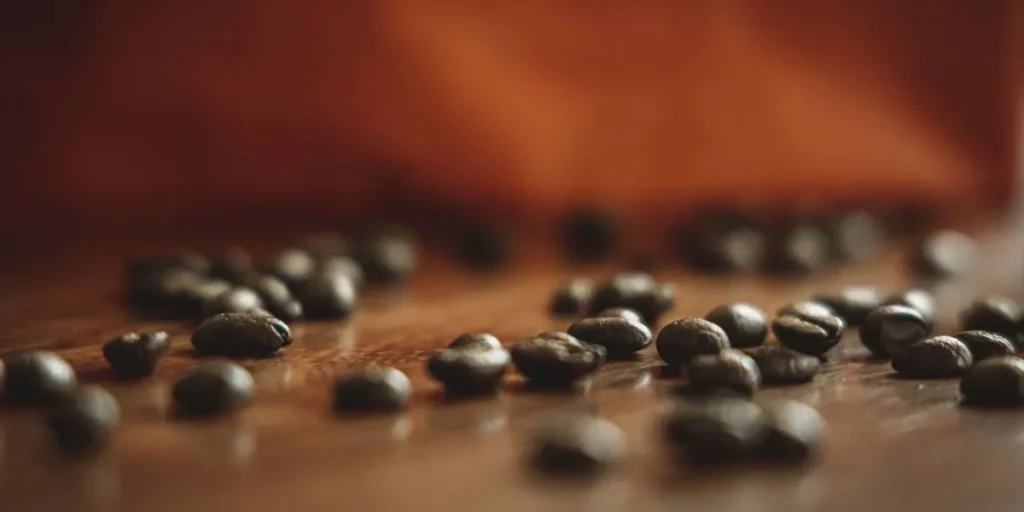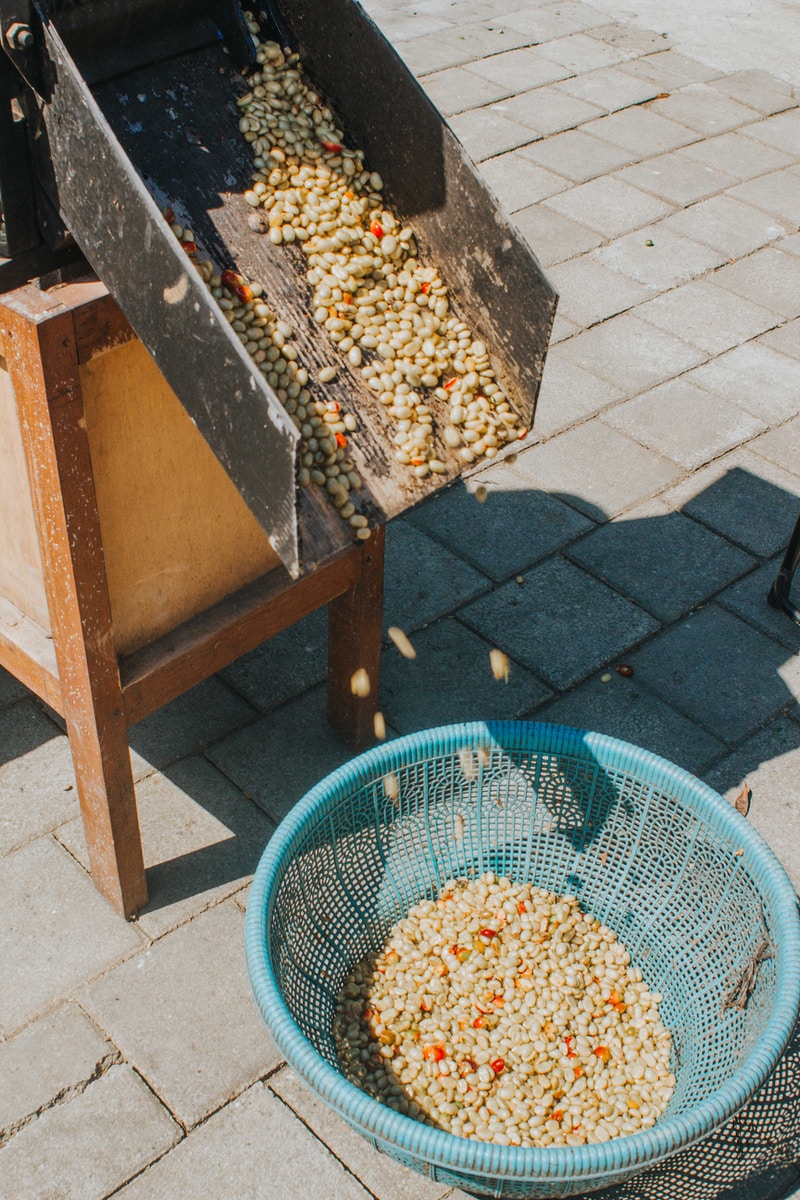What comes into your mind when you hear “micro lot” coffee? Must be something tiny? A smaller plot? A tiny cup? Well, if you’re curious, you might want to hop in to find out!
What is micro lot coffee?
Micro lot coffee’s definition is actually quite vague. This stirs a problem because anything that does not have a single solid definition decreases in value. Generally speaking, this is a type of coffee grown in a particular region wherein each bean is subjected to the same soil, altitude, processing, and climate.

Micro lot coffee is commonly described in a couple of ways: coffee that’s grown on a small plot of a specific farm or coffee processes on a single day through a certain washing station. To make matters clearer, microlot is the opposite of a blend. Thus, a micro lot coffee is traceable and is pure. Micro lot is known to refer to exceptional quality coffees.
Other definitions
Micro lot coffee has been described in various ways and here are the ones we’ve encountered:
- Tiny amount of coffee not mixed with other lots from a certain farm
- Small lot of specialty coffee grown in a single area and are processed together
- Coffee from all the lots processed in one day
- Coffee production that’s carefully and strictly monitored all throughout to ensure repeatability and replicability
- Coffee from a certain lot roasted in one session or within a single day
Does small mean better?

Here are some reasons why more specific lots and origins may be a whole lot better:
Traceability
Nobody wants a coffee that they have no idea where it comes from. I think the more details you have, the more connected you are to the origin of this coffee, and even if it’s been sustainably produced. It’s also important to know if the coffee is certified, the name of the farm is certified, so you know that you are drinking a sustainably produced coffee and connecting people. Traceability is easier with smaller lots!
Distinctiveness of the coffee
All the coffees are single origin, because there are specific characteristics of each coffee. Thus, you can expect a coffee from a single region to be more distinct in profile compared to blends.
Quality
Micro lot coffees are of top quality, otherwise, there’s almost no point preserving the distinctness of their profiles. The first thing they do is field mapping wherein they carefully analyze the potential of each lot on a certain farm in an attempt to predict the quality of coffee that can be grown.
So, pre-cupping. harvest, dry, roast, and cup the coffee just to be sure, before harvesting, and invest in efforts on the right areas in the farm that are going to bring the best potential for that lot.
After choosing the lots with the most potential, selective harvesting is done followed by electric sorting. Coffees are then dried on raised beds and in parabolic troughs, and then the beans are hulled rather separately.
Relationships
Small farm lots do give [the roaster or buyer] more control over the factors that do affect quality. If you or the importer have the ability to visit or build a relationship with a producer, you can communicate and understand where exactly the coffee comes from and how it is produced.
With single origins and micro lot coffees, building a long term producer-buyer relationship is a lot easier. A good relationship between the two also means that feedback and requests are easily communicated to improve the coffee, should there be any need to.
It helps a lot in maintaining the quality or even improving the quality if you are connected directly… It helps both parties in this process. It is better for the producer. They can be aware of if the quality they are delivering is good and how they can improve or what the customer’s needs are.
How is micro lot selection done?

A vast amount of cupping from different samples is vital in the selection of micro lots. Through the Union’s active and longstanding relationships with partners, the cream of the crop is chosen. It goes without saying that the search is always directed to finding the coffee with an outstanding and exceptional taste with the use of the SCAA cupping protocol. But before all that, of course, set a criteria on what type of coffee they’re looking for.
Additionally, they work hand-in-hand with cooperatives to guide in the process of identifying potential microlots. A second-level co-operative in Burundi called COCOCA works with different primary cooperatives for easier micro lot search. They help in the identification of cooperatives and regions with great potential.
Why micro lot?

Now that you’ve read what micro lot coffee is, it should be easy by now to tell why they’re rising in popularity. As a consumer, knowing where my coffee is from is great information. Take note that single-origin may be quite confusing. As we know, Brazil grows at least 30% off the world’s crop, thus, a Brazilian single-origin coffee does not stir far away from a blend.
With micro lot coffee, you can enjoy a cup of Joe that’s distinct in profile and of high quality. Plus, you’d know that your coffee is at its best potential because of the direct relationship between the producer and buyer.
Micro lot: farmer’s perspective
A single smallholder farmer can produce coffee in a small plot of land. As per usual, this will be harvested, processed, and exported calling it a micro lot coffee. If a buyer finds the coffee exceptional, he/she may purchase this coffee as a micro lot!
Micro lot: buyer’s perspective
From a buyer’s perspective, a micro lot is an exceptional coffee with significant traceability. As we have established, the ability to trace the coffee’s origin and plot is vital due to rosters’ and consumers’ love for traceability, sustainability, ethical trading, and quality.
Micro lot: roaster’s perspective
While we already know how a micro lot can mean many things, it’s still unfortunate how a lot of roasters misuse this term to refer to a larger lot purchased and split into smaller partitions. Janice Kanniah from Perfect Daily Grind said it best when she stated: “For some roasters, a micro lot could be defined according to how much coffee they’re capable of roasting in a single day or a select lot of coffee roasted in a single session, which could vary depending on the size of their operations. This often takes place when a roaster is trying to increase their profit margins – such as when they purchase a large lot of coffee, subdivide it into smaller lots, and remarket it as distinct lots.”
FAQs
What is Fair Trade Coffee?
A Fair Trade coffee is coffee certified by a Fair Trade organization. This certification is to indicate that a certain coffee was bought at origin and at a fair price.
What is Shade-Grown Coffee?
Another coffee certification type is Shade-grown. It simply indicates that a coffee is grown under a natural canopy of trees as opposed to sun-drenched plantations which are more resource-intensive and less biodiverse.
What is Single-Origin Coffee?
While it gets harder and harder to define, generally speaking, a single-origin coffee is a coffee originating from a single country, region, or farm.
Are micro lot coffees better than regular ones?
Since micro lot coffees were carefully selected because of their distinctive profiles and high quality, it’s easy to see why they taste better than regular coffee. Micro lot coffees also have greater monetary value because of their traceability. In fact, micro lot coffee can go up to 3 times more than the price of regular coffee.
Is micro lot different from limited quantity coffee?
The quick answer is YES! While micro lot means a smaller batch of coffee, it can still be continuously grown and sold. On the other hand, “limited quantity coffee” simply means that there’s a rather limited set of stock on hand.
Why are there different definitions?
To put it simply, there is no organization formally defining what a micro lot really is the way organic coffee, fair trade, and fair trade organic do. The absence of a single formal definition from a reputable organization paves the way for the vague sets of definitions that we have today.
Disclaimer: This post contains affiliate links, which means I may receive a small commission, at no extra cost to you, if you make a purchase using these links. Remember to support us by purchasing through the Amazon/Walmart/Impact Radius links provided. Last update on 2024-04-26 / Affiliate links / Images from Amazon Product Advertising API
Disclosure: No compensation or free products were received in exchange for writing this review.

Editorial Staff
The editorial staff at Crazy Coffee Crave is a team of coffee enthusiasts & Baristas who enjoy the one thing we all think about as soon as we get up in the morning. Trusted by thousands of readers worldwide.





